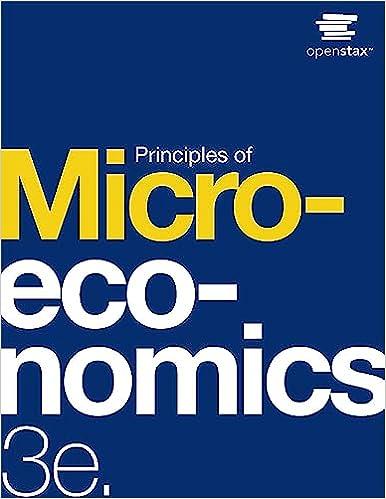Question
please help Question 1: Consider a modified version of the continuous-time Solow growth model where the aggregate production function is F (K, L, Z) =
please help
Question 1: Consider a modified version of the continuous-time Solow growth model where the aggregate production function is F (K, L, Z) = L KZ 1 ,
where Z is land, available in fixed inelastic supply.
Assume that + < 1, capital depreciates at the rate , and there is an exogenous saving rate of s
1. First suppose that there is no population growth. Find the steady-state capital-labor ratio and the steady-state output level. Prove that the steady state is unique and globally stable.
2. Show that, in the steady-state equilibrium, there is a monotonic relationship between the interest rate and the saving rate of the economy. Using this result, show that there exists a saving rate s such that above this, the interest rate is negative. Show that when the interest rate is negative, starting from the steady-state equilibrium, it is possible to reallocate resources so that consumption increases at all points in time.
Explain what this means and why such a possibility is present in this model.
3. Now suppose that there is population growth at the rate n, that is, L/L = n. Does a steady-state equilibrium exists? What happens to the capitallabor ratio and output level as t ? What happens to returns to land and the wage rate as t ?
4. Would you expect the population growth rate n or the saving rate s to change over time in this economy?
If so, how? What other adjustments might you expect in this economy as t ?
Question 2: Consider the discrete-time Solow growth model with constant population growth at the rate n, no technological change and depreciation rate of capital equal to . Assume that the saving rate is a function of the capital labor ratio, thus given by s (k).
Suppose that f (k) = Ak and s (k) = s0k 11. Show that if A+n = 2, then for any k (0) (0, As0/ (1 + n)), the economy immediately settles into an asymptotic cycle and continuously fluctuates between k (0) and As0/ (1 + n) k (0). [Suppose that k (0) and the parameters are given such that s (k) (0, 1) for both k = k (0) and k = As0/ (1 + n) k (0)].
2. Now consider more general continuous production function f (k) and saving function s (k), such that there exist k1, k2 R+ with k1 6= k2 and s (k1) f (k1) + (1 k2 = ) k1 1 + n s (k2) f (k2) + (1 k1 = ) k2 . 1 + n Show that when such (k1, k2) exist, there may also exist a stable steady state.
3. Prove that such cycles are not possible in the continuous-time Solow growth model for any (possibly non-neoclassical) continuous production function f (k) and continuous s (k).
4. What does the result in parts 1-3 imply for the approximations of discrete time by continuous time in the Solow model (suggested in Section 2.4 of the textbook)? What does this imply for the cycles in parts 1 and 2? 5. Show that if f (k) is nondecreasing in k and s (k) = k, cycles as in parts 1 and 2 are not possible in discrete-time either.
Question : Consider the basic Solow model in continuous time and suppose that A (t) = A, so that there is no technological progress of the usual kind. However, assume that the relationship between investment and capital accumulation is modified to K (t) = q (t) I (t) K (t), where [q (t)] t=0 is an exogenously given time-varying process. Intuitively, when q (t) is high, the same investment expenditure translates into a greater increase
in the capital stock. Therefore, we can think of q (t) as the inverse of the relative prices of machinery to output. When q (t) is high, machinery is relatively cheaper, and thus suppose that q (t) > 0. 1. Suppose that q (t) /q (t) = K > 0. Show that for a general production function, F (K, L), there exists no steady-state equilibrium.
2. Now suppose that the production function is Cobb-Douglas, F (K, L) = KL 1, and characterize the unique steady-state equilibrium.
3. Show that this steady-state equilibrium does not satisfy the Kaldor fact of constant K/Y . Is this a problem? [Hint: how is "K" measured in practice? How is it measured in this model?].
Step by Step Solution
There are 3 Steps involved in it
Step: 1

Get Instant Access to Expert-Tailored Solutions
See step-by-step solutions with expert insights and AI powered tools for academic success
Step: 2

Step: 3

Ace Your Homework with AI
Get the answers you need in no time with our AI-driven, step-by-step assistance
Get Started


